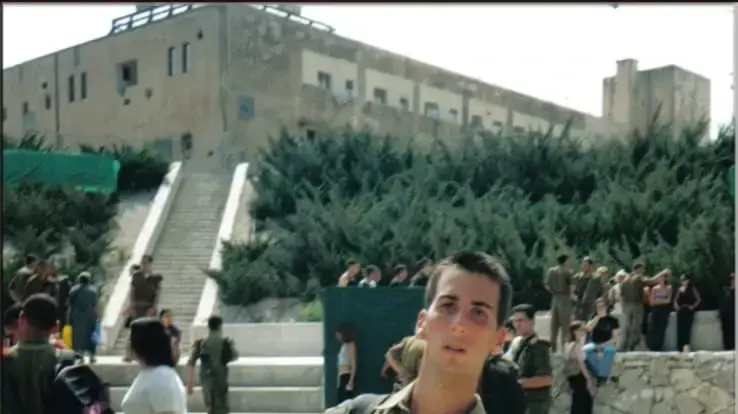The Israeli Defense Forces (IDF) launched an attack on May 26, 2024, in Rafah, resulting in the death of Yassin Rabia, the head of the West Bank headquarters of Hamas, and Khaled Nagar, a senior officer within the same organization. This operation was carried out in Tel Al-Saltan, northwest of Rafah. The West Bank headquarters of Hamas have been instrumental in directing, financing, and supporting terrorist activities in areas such as Judea, Samaria, and within Israel.
Yassin Rabia had previously been sentenced to two life sentences for his involvement in a 2001 shooting attack that killed Sergeant Raz Mintz at a checkpoint in the Ramallah sector. Rabia was released in a prisoner exchange deal years later. Yoav Mintz, Raz's father and a journalist, expressed that the news of Rabia's death evoked mixed emotions, acknowledging the closure but questioning whether this would indeed prevent further violence. Yoav recounted the painful memory of his son’s murder, emphasizing that Rabia's death is just a small step towards a larger goal of ending the cycle of bereavement.
Following the attack, reports surfaced of a violent explosion in Rafah's Kuwaiti camp. The Palestinian Ministry of Health, operated by Hamas, reported as many as 35 deaths resulting from the fire that ensued. Official statements varied, with the IDF asserting that the operation targeted key terrorists in accordance with international law, while investigations continue into the exact causes of the fire. Eyewitnesses and social media footage show the devastation caused, with significant destruction and rescue operations underway.
The attack has sparked calls for international intervention. Senior Palestinian Authority officials condemned the Israeli attack, labeling it a 'terrible massacre.' The White House spokesperson acknowledged the incident and noted that information is being gathered. Protests and support marches were held both locally and internationally, including a significant march in Central Park, New York, advocating for the release of abductees held by Hamas. Hanan Yablonka’s family, among others, called for urgent and effective action to bring about their release, highlighting the global attention on the issue.
Hamas, in its statements, urged the international community to force Israel to adhere to orders from the International Court of Justice in The Hague, demanding an immediate ceasefire in Rafah. This demand for intervention reflects the broader desperation and continual suffering within the Gaza Strip. As tensions escalate, the ongoing conflict in the region highlights the complex interplay of warfare, international diplomacy, and human rights concerns.
- The attack on the headquarters of Hamas in Rafah underscores the perpetual state of conflict and the cycles of retaliation that define the Israeli-Palestinian conflict. The targeted elimination of senior Hamas officials like Yassin Rabia and Khaled Nagar is part of Israel's strategy to dismantle leadership structures within the organization. However, such actions often provoke significant backlash, further compounding the violence.
- International responses to such incidents are varied, with some nations calling for de-escalation and others supporting Israel's right to defend itself. The involvement of global powers, illustrated by the White House's measured response, is critical in shaping the unfolding narrative and potential resolutions. The ongoing humanitarian crisis in Gaza, exacerbated by these attacks, places immense pressure on international bodies to intervene.
- The historical context of prisoner release deals, like the one involving Yassin Rabia, adds layers to the narrative of justice and retribution. As families of victims grapple with their loss, the broader community watches the cyclical nature of violence and repression. These events are reminders of the profound impacts of the conflict on multiple generations, fueling calls for more sustainable and peaceful solutions.
- Efforts by advocacy groups and the international community to secure the release of abductees highlight the human cost of the conflict and the urgent need for comprehensive peace talks. While military operations may stem imminent threats, they also perpetuate a cycle of violence that requires robust diplomatic efforts to break. The marches and protests, spanning from local communities to international stages, signify a collective yearning for peace and resolution.






